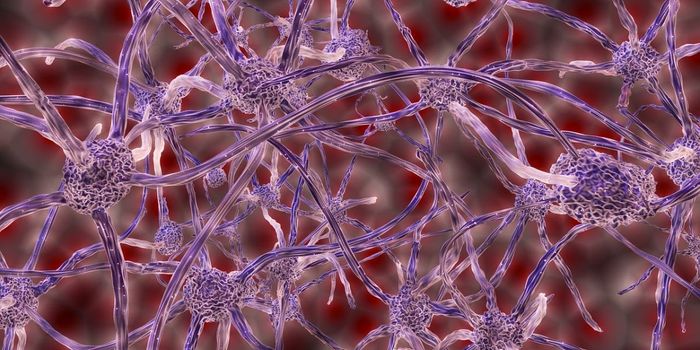Methamphetamine starts out as a feed-good drug, but its long-term effects can be devastating. Research demonstrates that a grasp of the underlying molecular mechanisms of the drug could improve addiction recovery efforts.
Methamphetamine at first causes a rush of good feelings, but then users feel edgy, overly excited, angry or afraid. Meth use can quickly lead to addiction. It causes medical problems including making your body temperature so high that you pass out, severe itching, "meth mouth" -- broken teeth and dry mouth and thinking and emotional problems. Over time, the problems get even worse.
Addicts know that abusing the drug dramatically accelerates aging. Scientists from UC Irvine and the Italian Institute of Technology have discovered how this occurs at the cellular level and identified methods to limit the process.
Funding from the National Institute on Drug Abuse was used to probe the effects of methamphetamine on the "lipidome" (the complete lipid profile of representative organs and tissues) in rats that self-administer the drug. UCI's Daniele Piomelli and his IIT colleagues found that the use of meth caused abnormalities in cellular fat metabolism, triggering extreme inflammation marked by a considerable rise in the formation of ceramides, pro-inflammatory molecules that can foster cell aging and death.
As reported in the open-access online journal PLOS ONE, methamphetamine is a highly addictive psychostimulant that profoundly damages the brain and other body organs. Postmortem examinations of human tissues have linked use of the drug to diseases associated with aging, such as coronary atherosclerosis and pulmonary fibrosis, but the molecular mechanisms underlying these findings have remained unknown.
Dr. Piomelli's team learned that this cellular cascade involves the recruitment of nuclear factor kappa beta, a protein that under healthy conditions helps control DNA encoding of proteins. However, as the cell is flooded with methamphetamine-induced signaling, nuclear factor kappa beta triggers excessive signaling in pathways that engender dramatic increases in ceramide activity.
"We found this signaling process to be key for advanced cellular aging, which is at the heart of the accelerated aging influenced by methamphetamine abuse," said Piomelli, the Louise Turner Arnold Chair in the Neurosciences at UCI.
Having identified these mechanisms, the researchers tested existing inhibitors of nuclear factor kappa beta signaling, which succeeded in limiting ceramide formation. This prevented methamphetamine-induced cell aging and systemic inflammation in rats self-administering the drug, curtailing their health deterioration.
According to Piomelli, "These results suggest new therapeutic strategies to reduce the adverse consequences of methamphetamine abuse and improve the effectiveness of abstinence treatments."
Piomelli is currently working with colleagues at the Italian Institute of Technology, in Genoa, to create a pharmaceutical application of these inhibitor compounds. Giuseppe Astarita and Agnesa Avanesian-Thomas of UCI; Benedetto Grimaldi, Natalia Realini and Abdul Basit of the Istituto Italiano di Tecnologia; and Zuzana Justinova, Leigh V. Panlilio and Steven R. Goldberg of the National Institute on Drug Abuse contributed to the study - supported by NIDA through grant RC2 DA028902 and its intramural research program.










